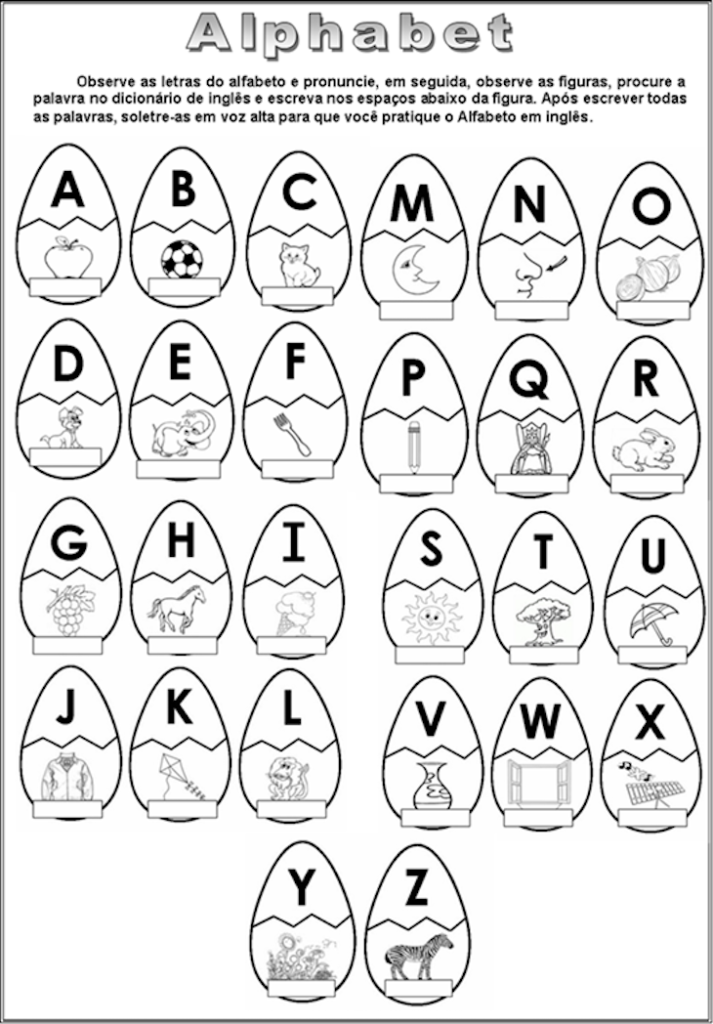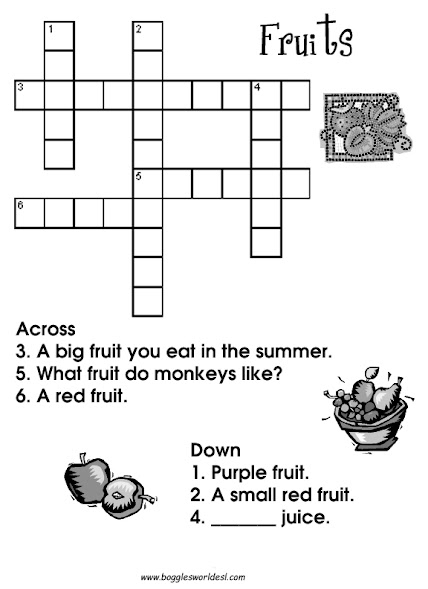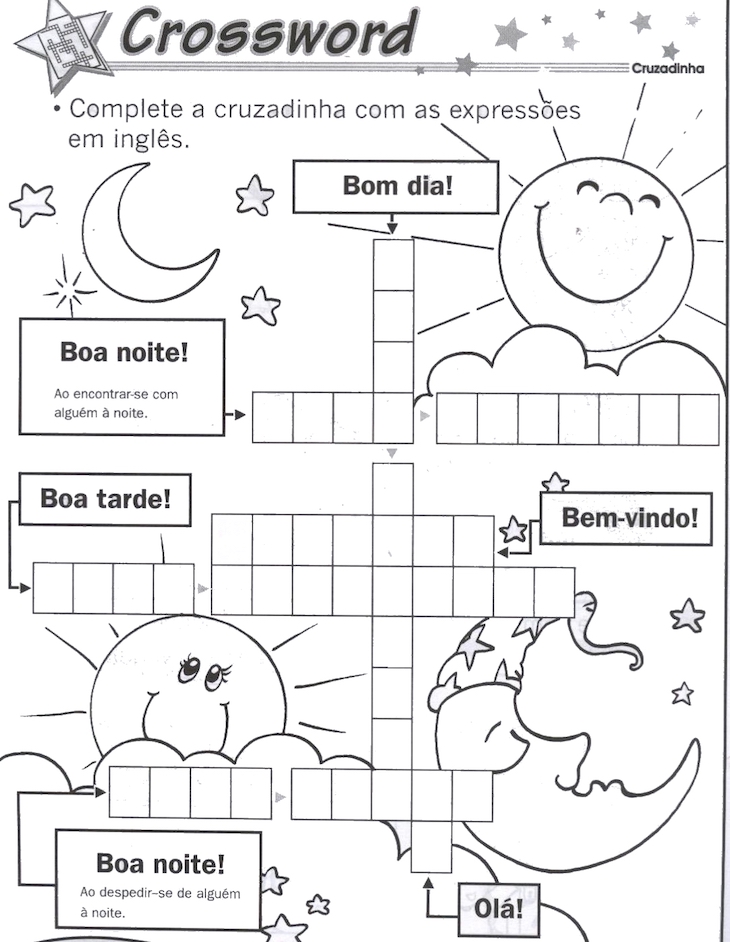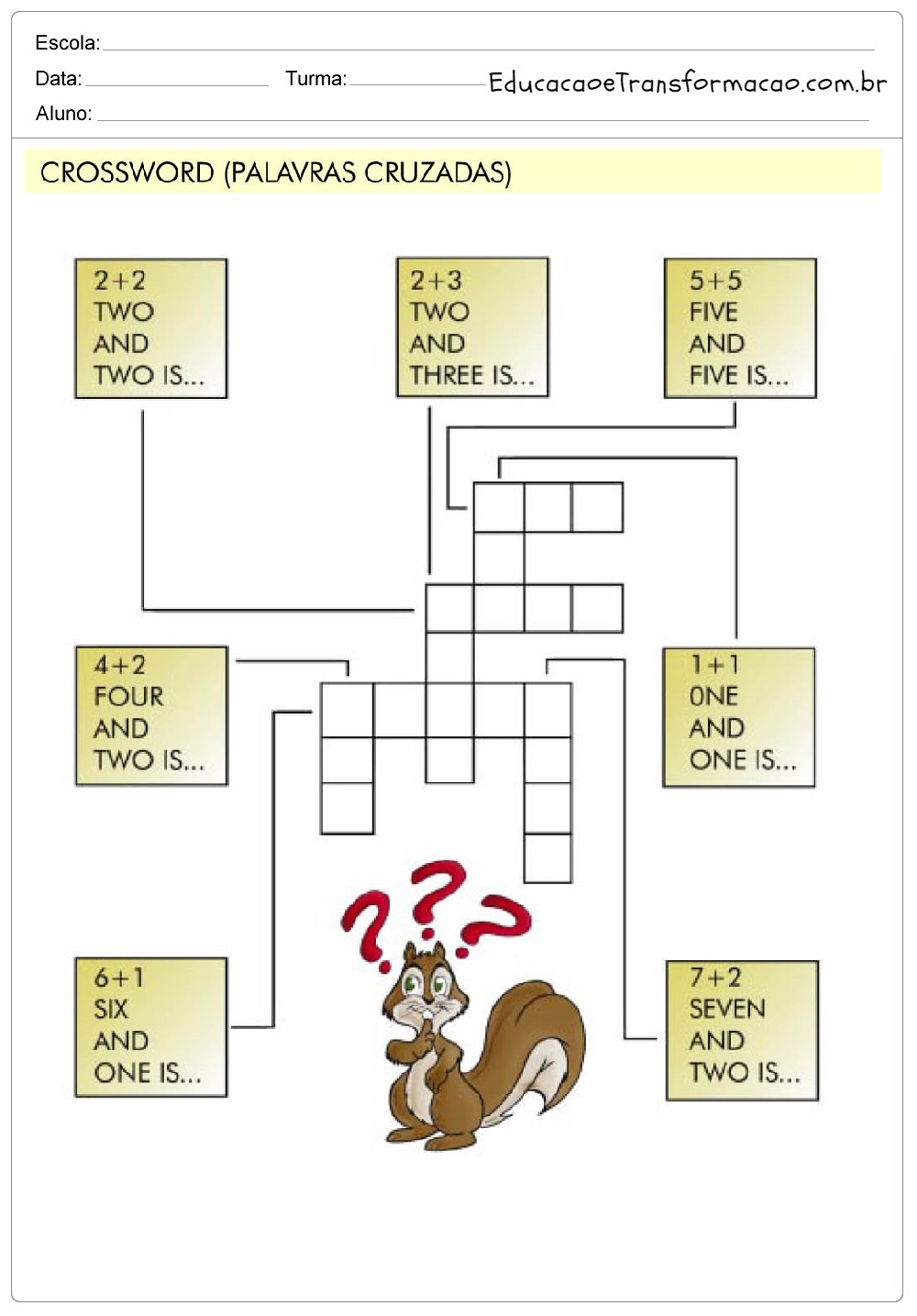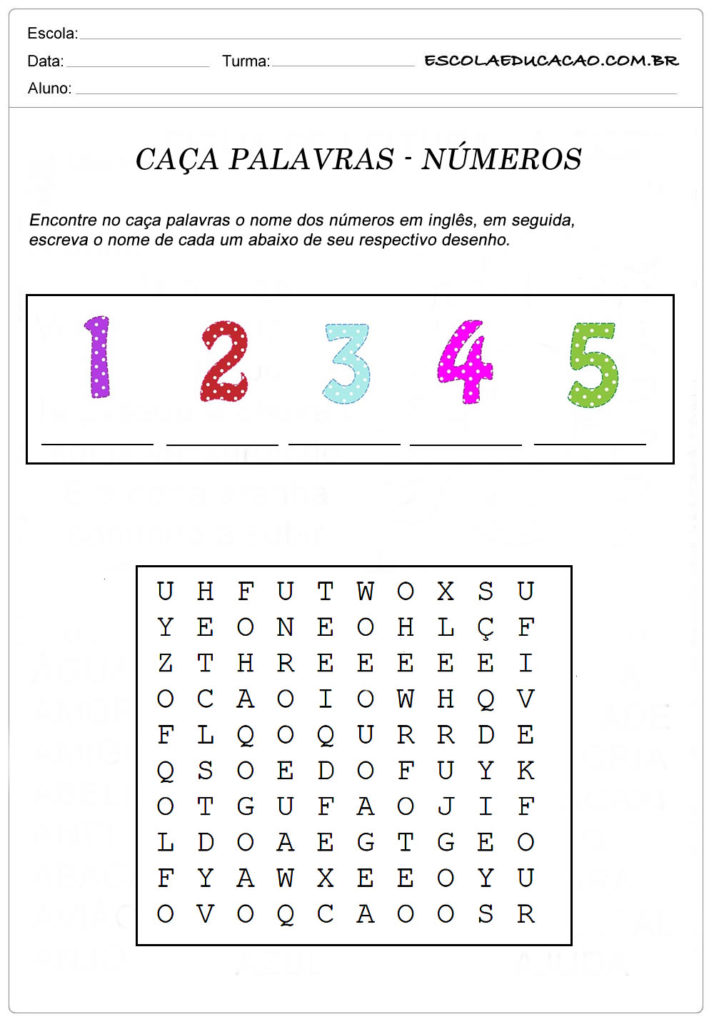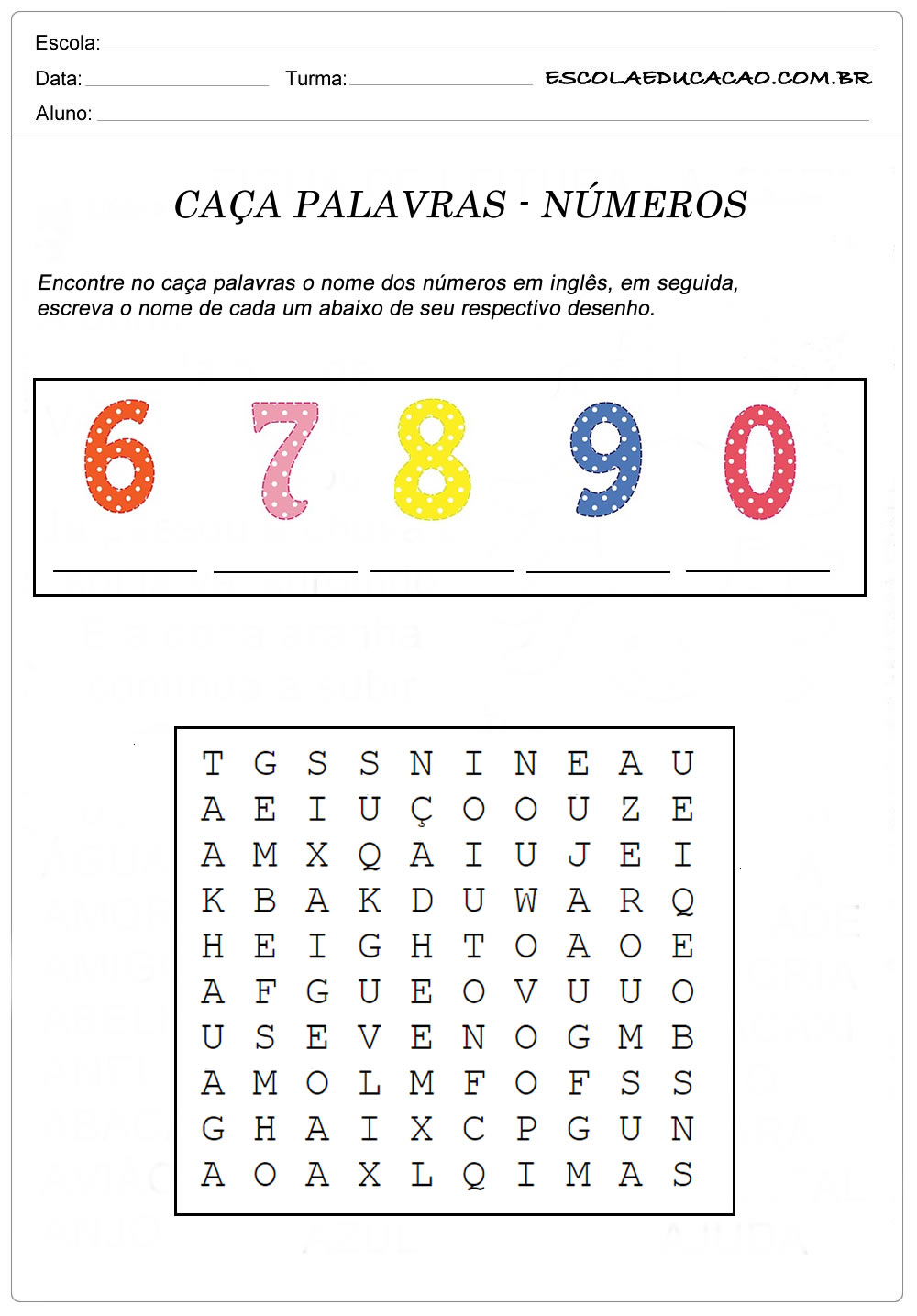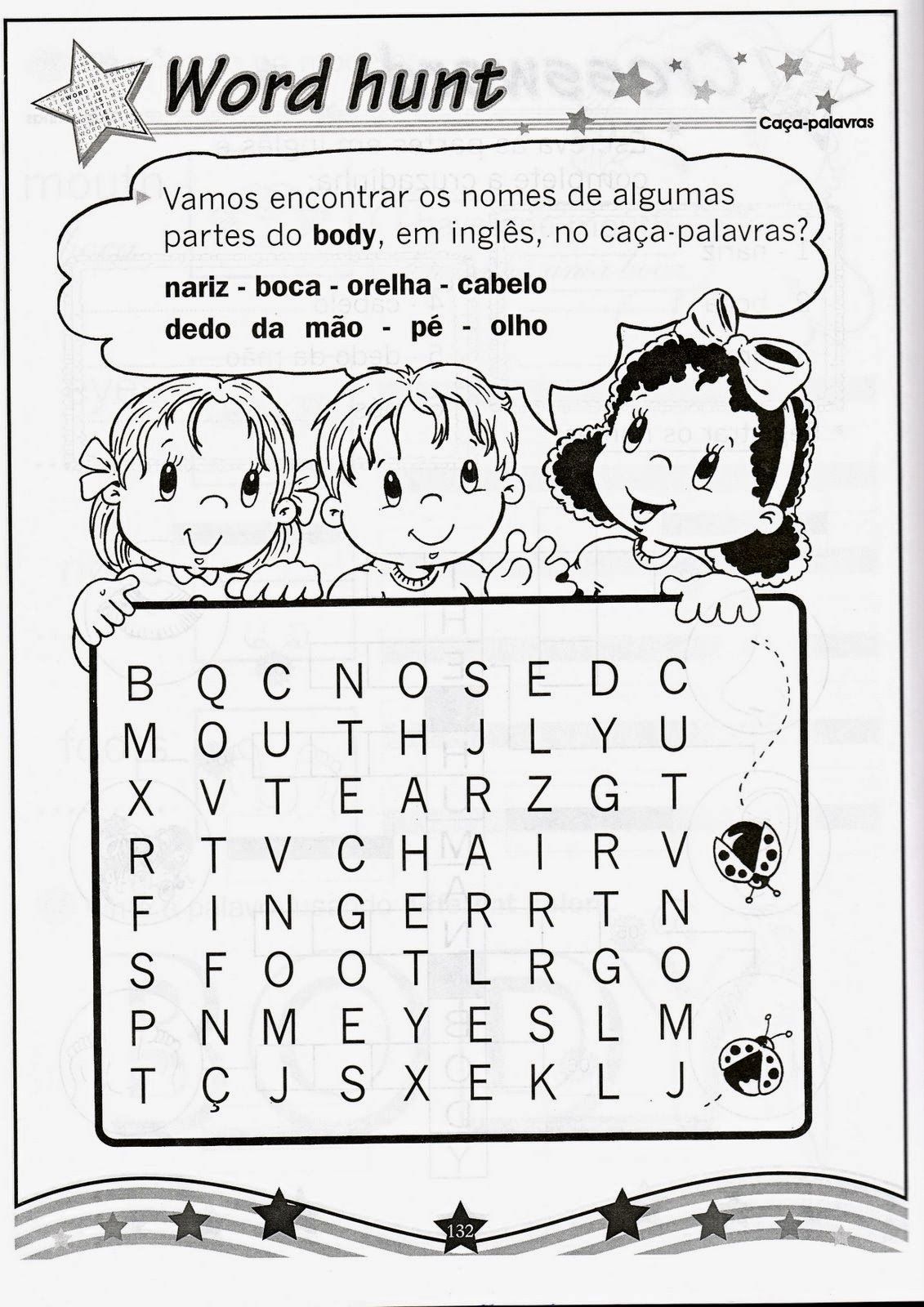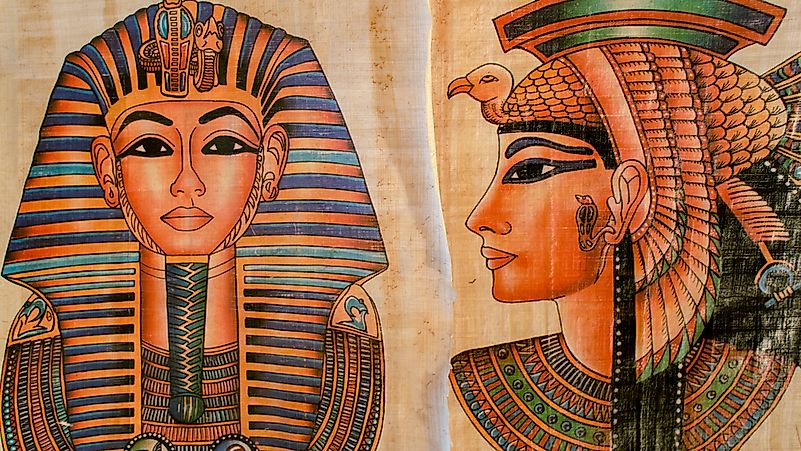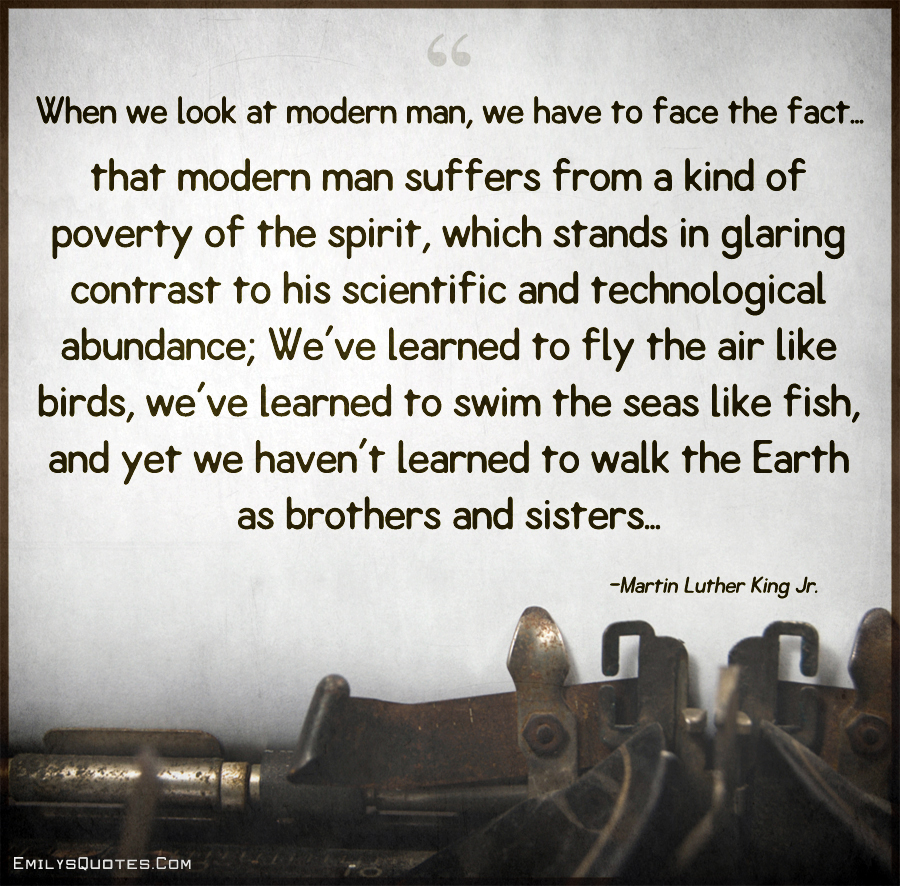All is quiet on New Year's Day
A world in white gets underway

New Year is all about new beginning, new desires and new thoughts. All religions celebrate New Year as per their own traditions and customs but the enthusiasm is same.
The celebrations differ from culture to culture.
The beginning of a new year cannot come and go without some sort of celebration.
In some cultures, there are rituals that honor the year that lapsed and customs that welcome the coming year, specifically auspicious prayers in hopes of receiving a bestowal of blessings.
Christian New Year
New Year traditions create a sense of responsibility and also ties an emotional bond of togetherness, belief and faith. traditions are being followed with immense devotion and joy by the people of Christian community.
Hindu New Year

Hindu New Year is celebrated according to the Hindu Lunar Calendar- Panchanga. The popular name of the Hindu New Year is Vikram Samvat. This era of Vikram Samvat began in 57 BC. To correspond with the solar calendar, 57 years are subtracted from the Hindu Year. Thus, the New Year begin with the first day of Kartik Maas following Deepawali Amaavasya.
Multifarious religions are practiced in India and so are the celebrations of various festivals. Hindu New Year is celebrated with gaiety and pomp all over India. Verve of the festival can be seen mostly among the people of North India and Gujarat. New Year in Southern India also emphasize the Hindu New Year but the date and New Year traditions vary:
- Punjab : New year starts on 13th April.
- Assam : New year starts on 14th or 15th of April.
- Bengal : New year starts on 14th or 15th April.
- Gujarat : New Year starts on Karthik Shukla Pratipada.
- Kerala : New year starts in the month of Medam (on the day when the Sun enters in the constellation Leo).
- Andhra Pradesh and Karnataka : New Year falls on Chaitra Shuddha Prathipade.
- Sikkim : New Year starts on 18th day of the 10th month of the Tibetan Lunar Calendar.
- Maharashtra : New Year starts in the month of Chaitra
- Tamil Nadu : New year starts on 13th or 14th of April.
People light oil lamps and decorate the house with auspicious flowers those with the color like pink, red, purple or yellow. Rangoli design is also an attractive part of New Year decorations. Indians get up early in the morning, take bath and wear new clothes. They bring home deities of Goddess Laxmi (Goddess of wealth) and Lord Ganesha. Prayers are offered and prasad is distributed among the family members. At the time of New Year, gifts and sweets are exchanged with each other. People consider this festival to be an auspicious time to begin New Year
Islamic New Year

Islam has a lunar based calendar with 354 days. The New Year date also changes every year as the Islamic Calendar is 11 days shorter than the solar calendar. Maal Hijra or Islamic New Year is celebrated on the first day of Muharram (first Islamic month). The word Muharram also means respect. It is more of a cultural event than a New Year celebration. People welcome the New Year with peace and prayers.
New Year celebrated by Muslims is not a gala affair rather it's a quite and sober celebration. People gather in mosques and dargahs to offer special prayers. Muslims celebrate this day to pay homage to Prophet Muhammad. The most important part is to tell the hijra (Muhammad's flight from Medina to Mecca). This story is also broadcast on radio. Maal Hijra or the Islamic New Year is spent on reflecting how one's leading his or her life and their own mortality.
Shia Muslims do not take part in New Year activities. They commemorate the Battle of Karbala and observe it as a month of mourning. This commemoration ends on the tenth day of Muharram called Ashurah. Similarly, Sunni Muslims do not take part in the New Year traditions as on this day first Caliph Abu Bakr died.
Jewish New Year

The origin of Jewish New Year can be traced from the holy Bible which is celebrated over a thousand years. The Jewish New Year takes place in the month of Tishri that are months of September and October according to the Gregorian calender.
It is a 10 day long celebration. It begins at the sundown of first day and lasts till sundown of the tenth day. Rosh Hashanah is celebrated the first two days. It means New Year according to the Jewish tradition. Following all traditions, Yom Kippur is celebrated on the tenth day of Tishri. And the time between these two days is called Shabbat Shuva.
Celtic New Year

The Celtic New Year has an important feature of 'divination of events'. They use hazel nuts and symbols of wisdom for fortune telling. There were also some other Samhain traditions which referred to the Celtic Emhain Abhlach (Paradise of Apples) where the dead ate the scared fruit and became immortal.
Celts practice many rituals for their ancestors at this time. They put food and drinks for the dead and let their house doors opened to give the dead a free passage to enter their house. But all the spirits from the Otherworld were not good. To stop the evil spirits, villagers carved images of spirit guardians onto turnips and kept these 'jack o'lanterns' in front of their doors.
In earlier times, people used to collect their harvest and slaughtered cattle for feast. There were massive bonfires and people lit the hearth fires from the village bonfire. In this way, all the families spent their time with each other dancing and chanting Celtic songs.
With the rise of Christianity, Samhain changed to Hallowmas or All Saints Day on November 1st followed by All Souls' Day on November 2nd. The Celtic New Year popularly known as Halloween's Day is celebrated with great enthusiasm by the people of West (United States, Ireland, UK, Canada etc).
With the rise of Christianity, Samhain changed to Hallowmas or All Saints Day on November 1st followed by All Souls' Day on November 2nd. The Celtic New Year popularly known as Halloween's Day is celebrated with great enthusiasm by the people of West (United States, Ireland, UK, Canada etc).
It's celebrations begin on the night of October 31st. Young people dress up like dead spirits wearing carved out pumpkins over the faces. They move around the city in strange attires and performing Halloween activities. Samhain not only marked link between the worlds but also dissolved the structure of the society for the night. Boys and girls would swap their roles, wearing each other's clothes and playing pranks on elders.
Buddhist New Year

New Year occurs on different days in different countries following Buddhism. New Year in Theravadin countries, Thailand, Burma, Sri Lanka, Cambodia and Lao is celebrated for three days from the first full moon day in April.
In Mahayan countries, New Year celebrations starts on the first full moon day in January. These countries celebrate the day according to their ethnic background and culture.
People of China, Korea and Vietnam celebrate it in the month of January or early February while Tibetans usually celebrate a month later.
New Year is the time to hope best from the coming year. People reflect upon their past and rectify all their mistakes. It is observed with same spirit and gaiety in most of the countries.
New Year is the time to hope best from the coming year. People reflect upon their past and rectify all their mistakes. It is observed with same spirit and gaiety in most of the countries.
Gostaram?
Nos ajude a divulgar nosso blog English Tea compartilhando os posts com seus amigos!
See you next year!




